When it comes to landscaping in Chattanooga, Tennessee, there are several best practices to follow in order to achieve a beautiful and sustainable outdoor space. One of the most important things to keep in mind is to choose plants and materials that are well-suited to the local climate and soil conditions. Chattanooga has a humid subtropical climate, which means that it can get quite hot and humid in the summer months, with frequent rainfall throughout the year.
Choosing plants that are drought-tolerant, disease-resistant, and able to thrive in these conditions will help ensure that your landscaping remains healthy and vibrant year-round. Another important aspect of good landscaping practices in Chattanooga is water conservation. While Chattanooga does receive plenty of rainfall, it's still important to be mindful of water usage and to choose plants and irrigation systems that are efficient and environmentally friendly. This might mean using drip irrigation instead of traditional sprinklers, or installing a rain barrel to collect and reuse rainwater for your landscaping needs.
Finally, when designing your landscaping, it's important to think about the overall aesthetic and how it will complement your home and surrounding environment. This might involve incorporating native plants and natural materials, creating different areas for relaxation and entertaining, and using lighting and other design elements to highlight certain features of your yard. By following these best practices and working with a professional landscaper who understands the unique challenges and opportunities of landscaping in Chattanooga, you can create a beautiful and sustainable outdoor space that you'll enjoy for years to come.
1. Native Plants
Black-eyed Susans, Coneflowers, and Butterfly Weed
Incorporating native plants into your landscaping is a great way to create a beautiful and sustainable outdoor space. Native plants are well-adapted to the local climate and soil conditions, and they also provide food and habitat for local wildlife. Some native plants to consider in Chattanooga include black-eyed susans, coneflowers, and butterfly weedr
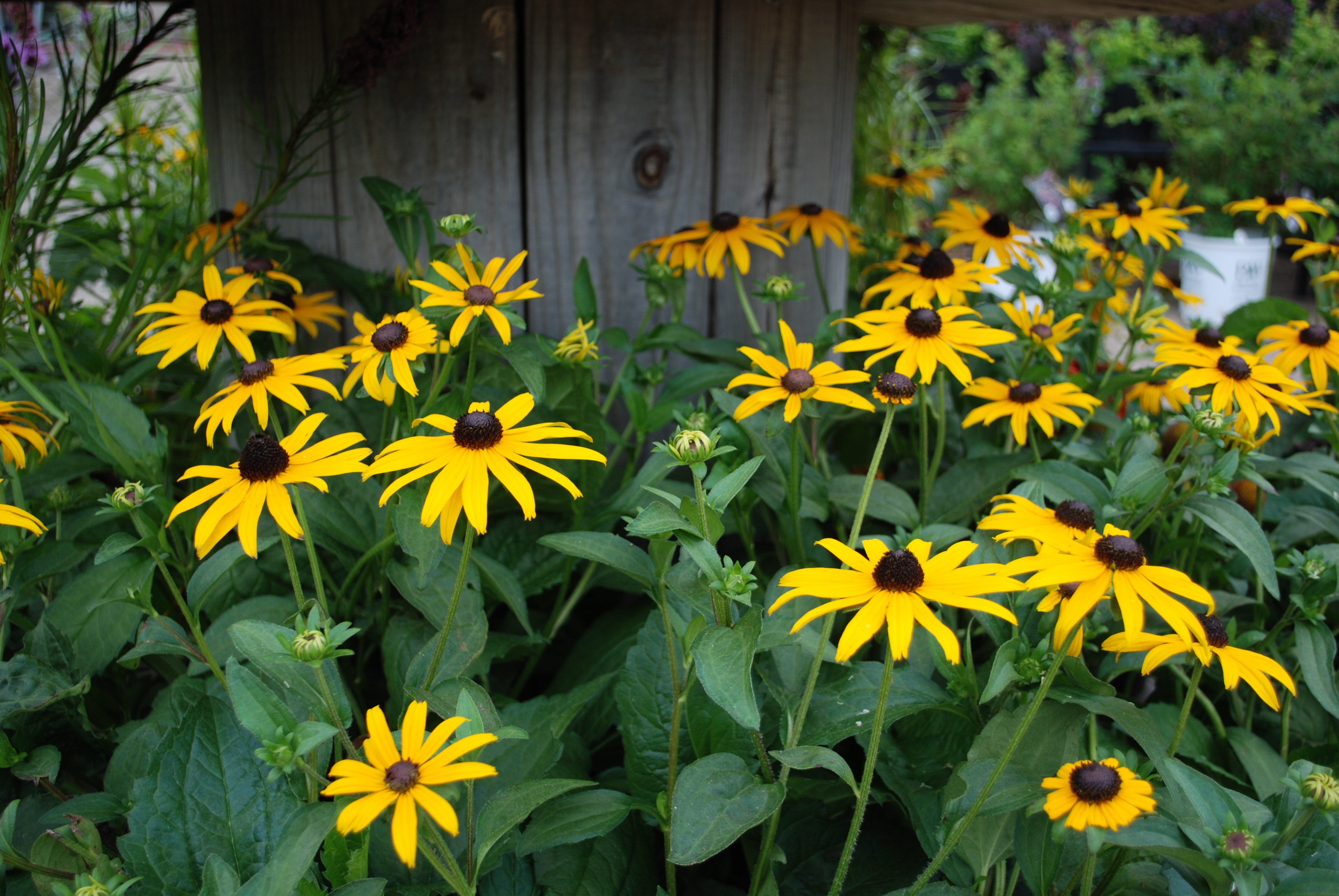
2. Drought-tolerant Plants
As mentioned earlier, Chattanooga can get quite hot and dry in the summer months, so it's important to choose plants that can withstand periods of drought. Some examples of drought-tolerant plants that do well in Chattanooga include lavender, yarrow, and sedum.
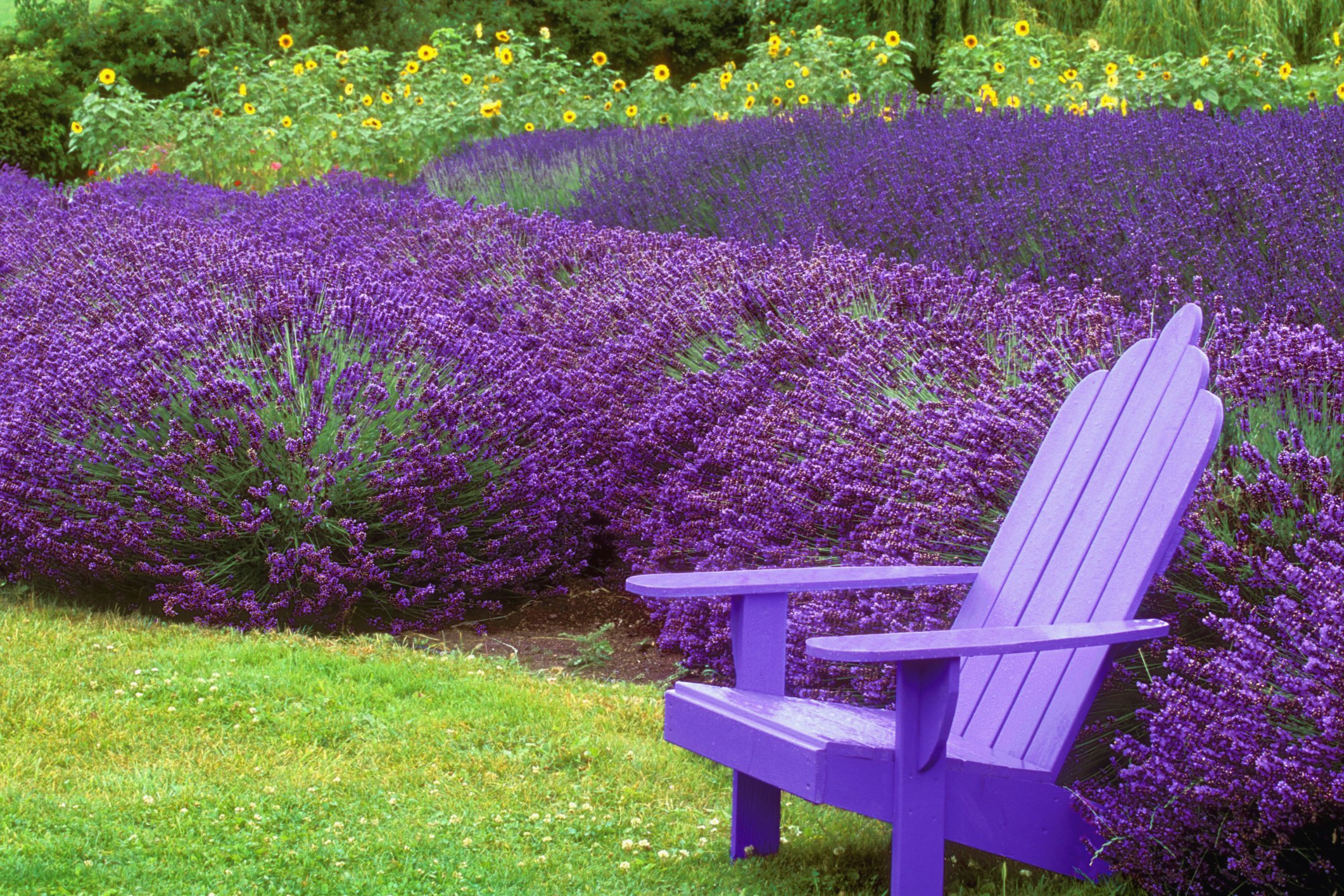
Lavender
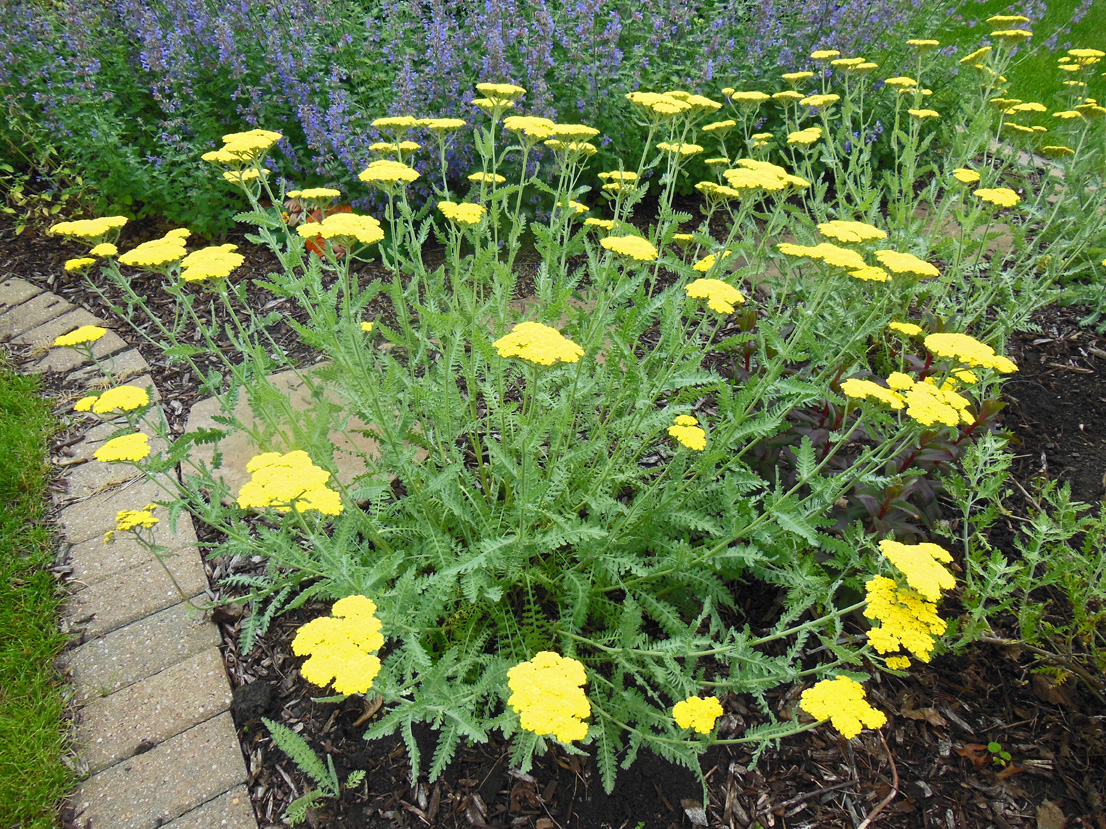
Yarrow
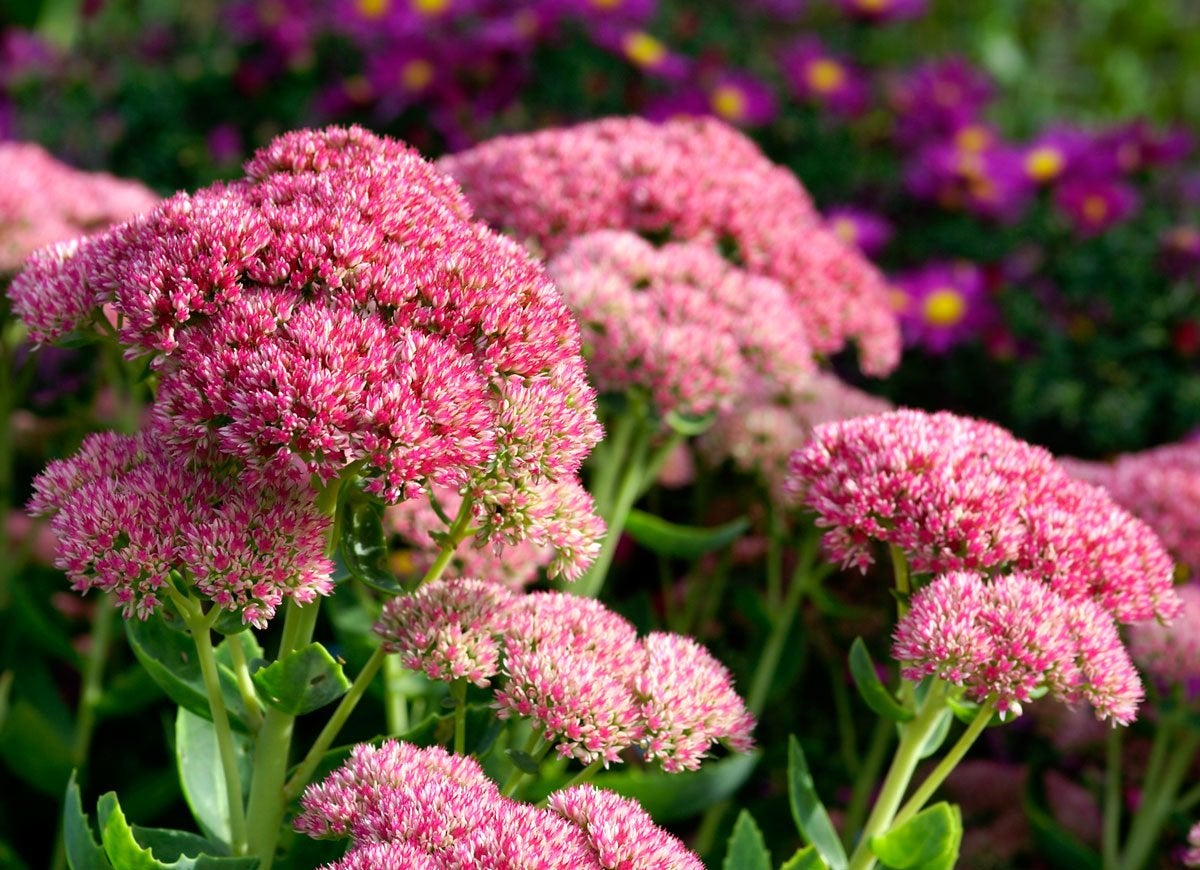
Sedum
3. Mulch
Using mulch around your plants and trees can help retain moisture in the soil, suppress weed growth, and regulate soil temperature. In Chattanooga, some good mulch options include pine straw, hardwood bark, and shredded leaves.
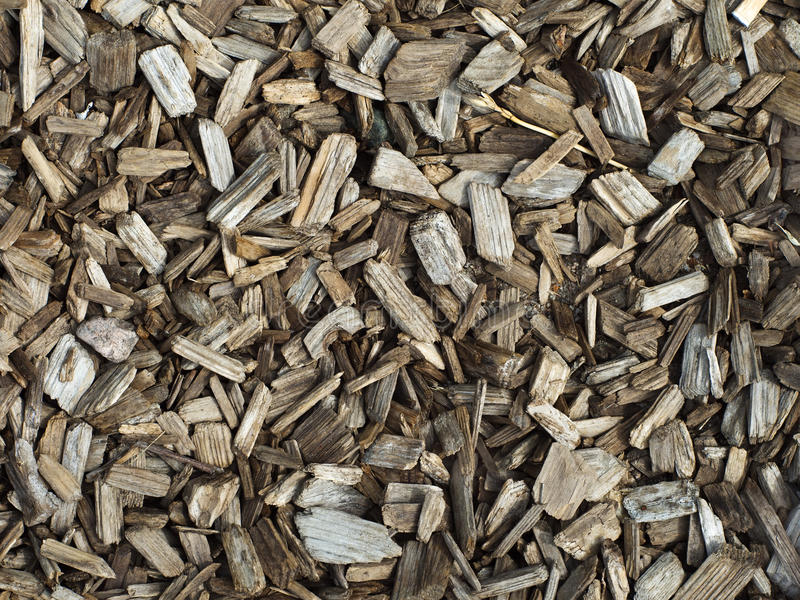
4. Rainwater Harvesting
Installing a rain barrel or other type of rainwater harvesting system is a great way to conserve water and reduce your reliance on municipal water sources. This can also help reduce erosion and runoff in your yard.
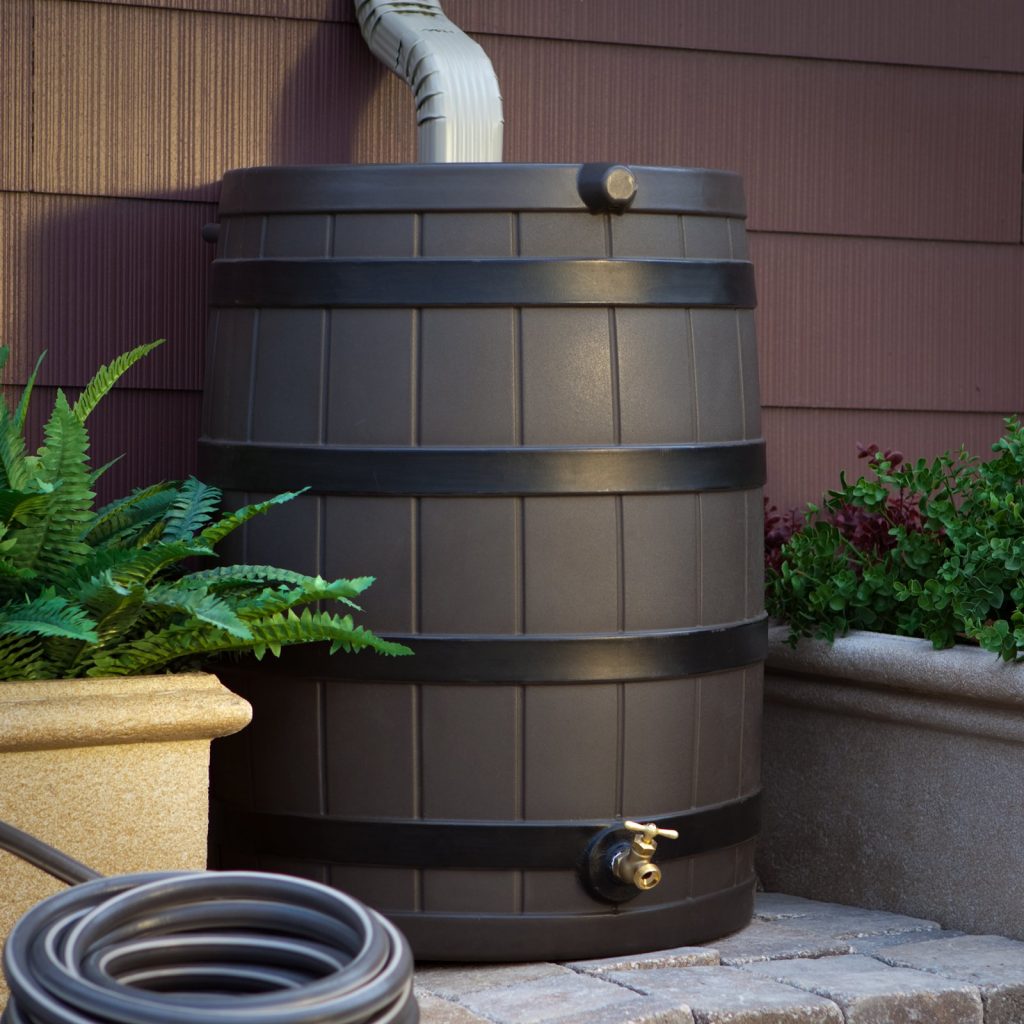
5. Hardscaping
Pathways, Patios and Retaining Walls
Incorporating hardscaping elements such as pathways, patios, and retaining walls to add structure and visual interest to the landscape. It's also important to think about how different elements will interact with each other over time, and to choose plants and materials that will complement each other and create a cohesive overall look. By following these good landscaping practices, homeowners and businesses can create beautiful and sustainable outdoor spaces that will thrive in the unique climate of Southern Tennessee.
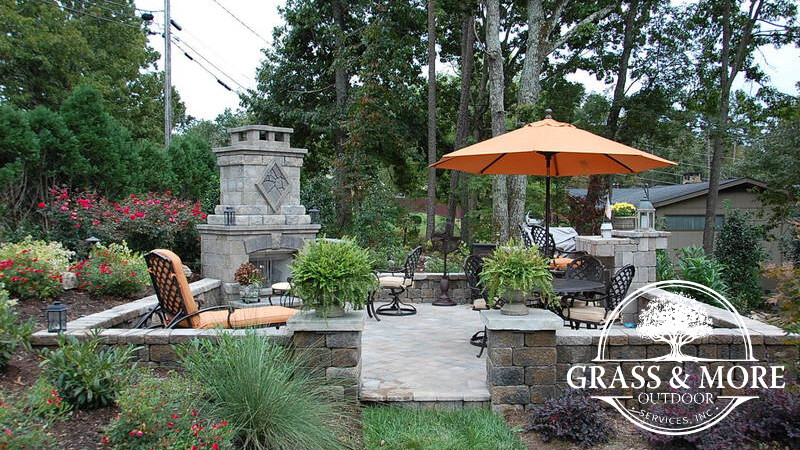
Pathways
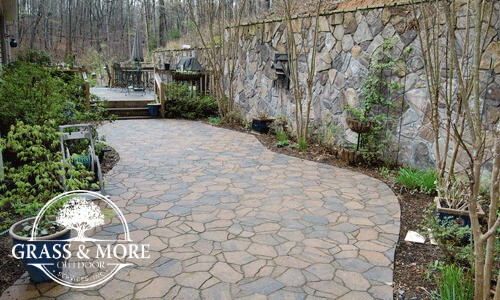
Patios
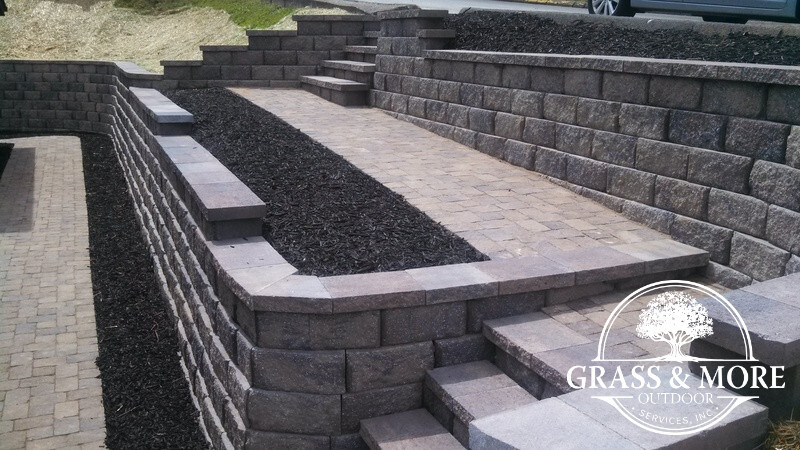
Retaining Walls
These are just a few examples of good landscaping practices in Chattanooga. Working with a Grass and More Outdoor can help you create a customized landscaping plan that meets your needs and complements your home and surrounding environment.

